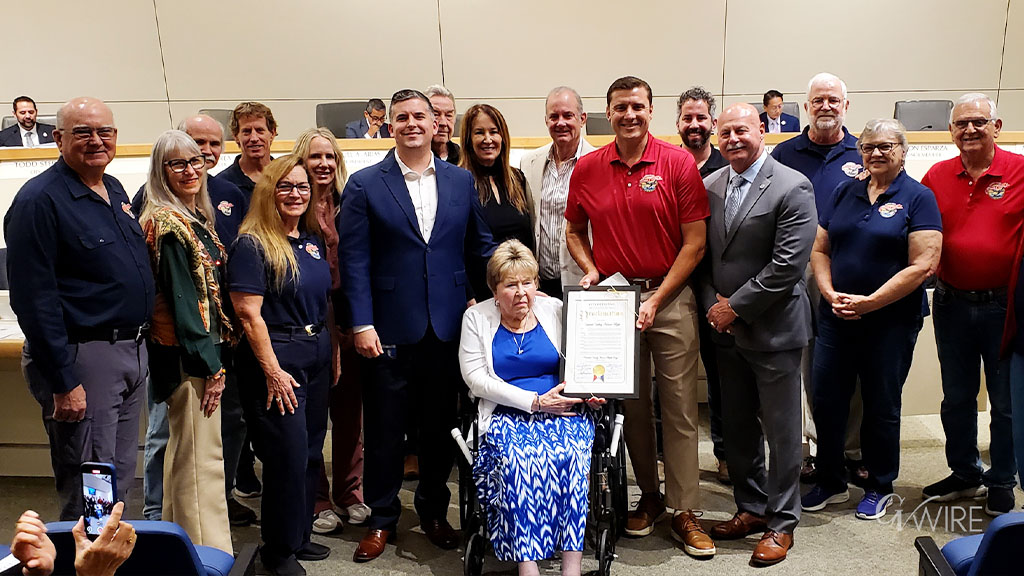FILE PHOTO: A man shops for meat at Eastern Market in Washington, U.S., August 14, 2024. REUTERS/Kaylee Greenlee Beal/File Photo

- Auto sales plunged 3.5% as consumers delayed purchases following tariff announcements.
- Core retail sales rose 0.4% in May, suggesting modest consumer spending recovery ahead.
- Federal Reserve expected to hold rates steady amid softening domestic demand signals.
Share
(Reuters) -U.S. retail sales dropped more than expected in May, weighed down by a decline in motor vehicle purchases as a rush to beat potential tariff-related price hikes ebbed, but consumer spending remains supported by solid wage growth for now.
The largest decline in sales in four months reported by the Commerce Department on Tuesday added to moderate job growth last month in suggesting that domestic demand was softening. Federal Reserve officials meeting on Tuesday and Wednesday are expected to leave the U.S. central bank’s benchmark overnight interest rate unchanged in the 4.25%-4.50% range while monitoring the economic impact of tariffs and tensions in the Middle East.
“Tariff announcements have had a clear impact on the timing of large-ticket purchases, notably autos, but there are few signs yet that tariffs are leading to a general pullback in consumer spending,” said Michael Pearce, deputy chief economist at Oxford Economics. “We expect a more marked slowdown to take hold in the second half of the year, as tariffs begin to weigh on real disposable incomes.”
Sales Decline Exceeds Expectations
Retail sales fell 0.9% last month, the largest decrease since January, after a downwardly revised 0.1% dip in April, the Commerce Department’s Census Bureau said.
Economists polled by Reuters had forecast retail sales, which are mostly goods and are not adjusted for inflation, decreasing 0.7% after a previously reported 0.1% gain in April.
Sales last month were also held down by lower receipts at service stations because of a decline in gasoline prices.
President Donald Trump’s sweeping tariffs have raised fears over global growth, restraining oil prices. But hostilities between Israel and Iran have boosted oil prices. Unseasonably cooler weather likely also hurt sales. A 25% duty on imported motor vehicles and trucks came into effect in April.
The dollar rose against a basket of currencies. U.S. Treasury yields fell.
Some Pockets of Strength
Receipts at auto and parts dealerships tumbled 3.5% after decreasing 0.6% in April. Sales at building material and garden equipment and supplies dealers dropped 2.7%.
Receipts at service stations fell 2.0%, while those at electronics and appliance stores slipped 0.6%.
Sales at food services and drinking places, the only services component in the report, declined 0.9%. Economists view dining out as a key indicator of household finances.
But online sales jumped 0.9%, while those at clothing retailers increased 0.8%.
Furniture store sales soared 1.2%. Sporting goods, hobby, musical instrument and book store sales advanced 1.3%.
Retail sales excluding automobiles, gasoline, building materials and food services increased 0.4% in May after an upwardly revised 0.1% fall in April. These so-called core retail sales, which correspond most closely with the consumer spending component of gross domestic product, were previously reported to have dropped 0.2% in April.
Economic Outlook Remains Mixed
May’s solid rise and upward revision to April suggest a modest pick up in consumer spending this quarter after it slowed sharply in the January-March quarter.
The Atlanta Fed is currently forecasting GDP rebounding at a 3.8% annualized rate in the second quarter. The anticipated surge will largely reflect a reversal in imports, which have fallen sharply as the frontloading of goods fizzled. The economy contracted at a 0.2% pace in the January-March quarter.
Downside risks to consumer spending are, however, rising. The labor market is slowing, student loan repayments have resumed for millions of Americans and household wealth has been eroded amid tariff-induced stock market volatility.
The uncertain economic environment could lead to precautionary saving.
“Past experience suggests the biggest price rises will come in July, though the full impact of the tariffs likely will emerge across the whole of the remainder of the year,” said Samuel Tombs, chief U.S. economist at Pantheon Macroeconomics.
“That will weigh on growth in real incomes at the same time as a softening labor market will make people cautious with discretionary spending. Meanwhile, households no longer have ‘excess savings’ or strong growth in stock prices to spur them to spend.”




















